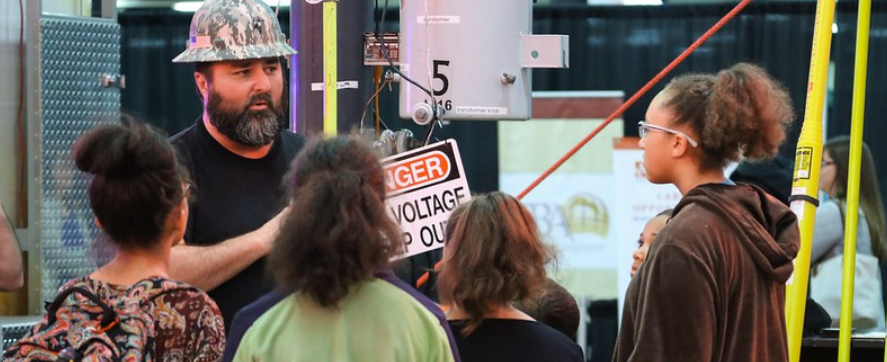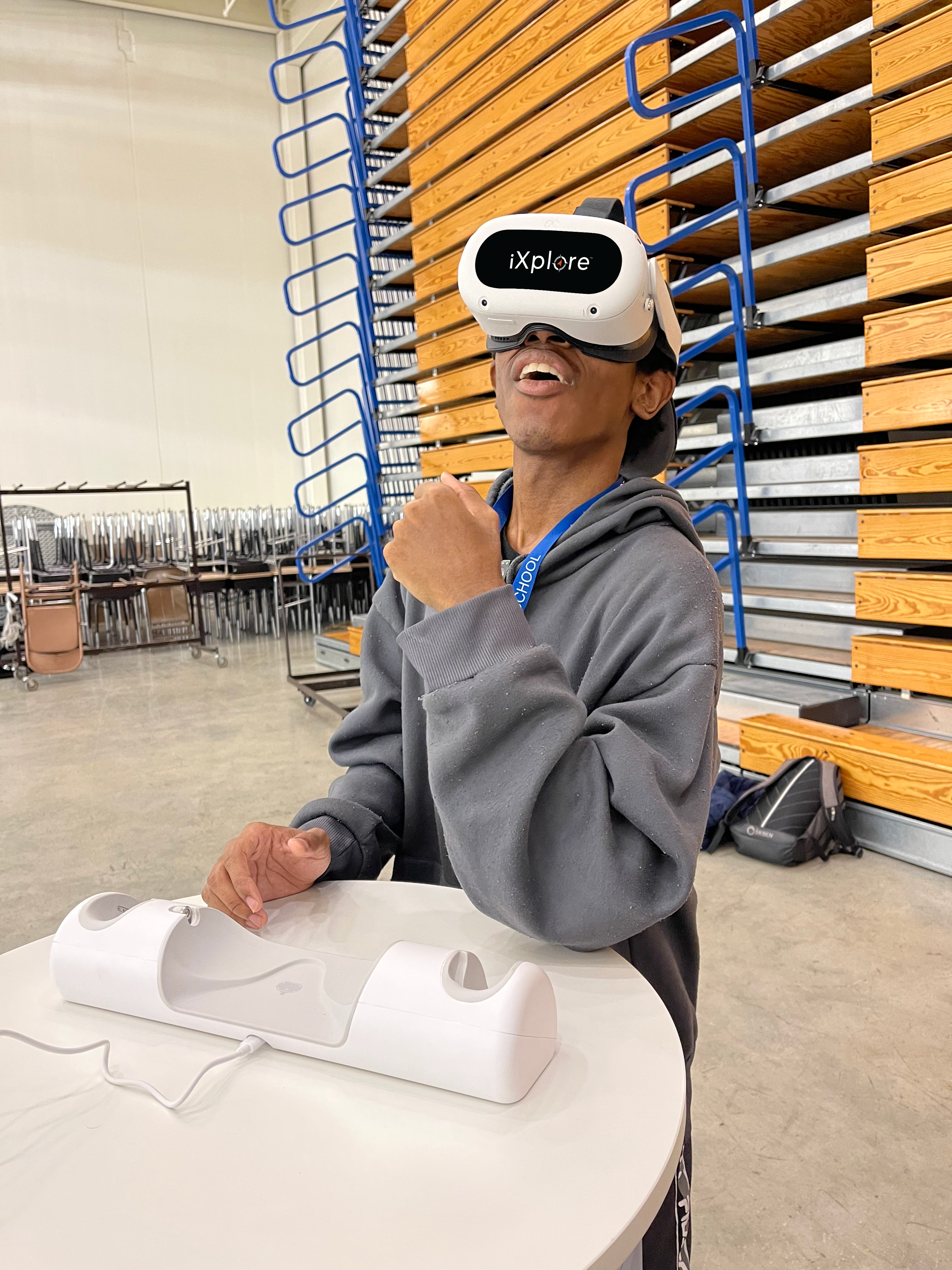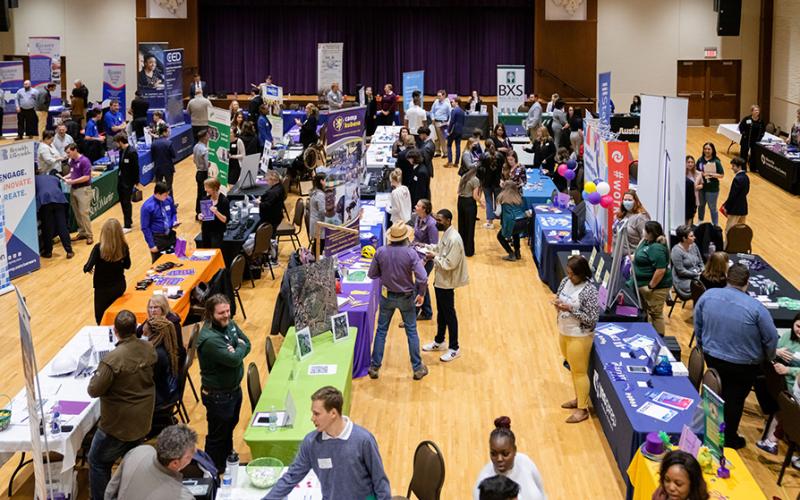High school career fairs are the most common way businesses engage with the talent of tomorrow. Every year school districts across the country spend countless hours and tremendous effort preparing for an annual career fair. They deal with the typical event planning activities, such as securing space, parking, tables and snacks. They create marketing materials and solicit businesses to support the event. Given that most districts are short on time and resources, these events represent a tremendous investment. Event success is often reported in terms of the number of students served and the number of businesses who participate. These measures are a great place to start, but what is the actual impact and value of these events?

In interviewing dozens of employers over the past few years, I discovered many who only participate in career fairs to show support for their local schools. The task of attending the event is tossed around like a hot potato as busy employees struggle to justify the time required. Employers in large communities report “death by goldfish” as they receive numerous requests from different schools across multiple districts. Employers who are eager to attend anticipate talking to dozens of future world-changers.
Instead, many report encountering students who appeared to be disengaged and uninterested in much beyond the swag up for grabs. Armed with a smile and some printed brochures, employer representatives aren’t even sure how to start a productive conversation.
The student experience can be equally frustrating. While some are eager to learn about future careers, they aren’t sure what questions to ask. They aren’t even sure how to choose which of the 50+ tables to visit. (Hence the reason swag is popular.) For many, the event is remembered as a blur of “old” people talking at them about things they can’t relate to their current lives. A few might remember a specific exhibit or conversation that stood out. But they remember it because it was engaging and interesting, not necessarily because it represents a good possible fit for their future.

While there are few shining examples of career fairs done well, there are many ways to enhance the value of these events for everyone. There are numerous guides to help both schools and businesses. One example is this terrific toolkit with downloadable resources from SchooLinks.
Industry organizations such as the National Glass Association have produced guides to help their members prepare for participating in high school career fairs. The Exhibitions and Events Workforce Development Federation has some thoughts on how career fairs can be utilized as a work-based learning opportunity for students interested in some of the 70+ occupations represented by their organization. As career fairs appear to be here to stay, it is critical we find ways to make them better.
One promising technology for improving career fair experiences is virtual reality. Through partners like iXplore, businesses can use VR to provide engaging, memorable experiences. The custom, immersive experience can highlight your brand, inform on career pathways and provide realistic job previews.
Students can decide whether the featured opportunity is one they want to consider based on significantly more information than a static display or brochure.
For more information, contact us.


